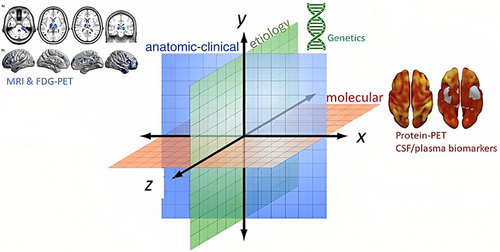The ventral tegmental area is strongly associated with the reward system. Dopamine is released in areas such as the nucleus accumbens and prefrontal cortex as a result of rewarding experiences such as food, sex, and neutral stimuli that become associated with them. Electrical stimulation of the ventral tegmental area or its output pathways can itself serve as a potent reward. Different drugs that increase dopamine levels are intrinsically rewarding. Although the dopaminergic system represent the cornerstone of the reward system, other neurotransmitters such as endogenous opioids, glutamate, gamma-Aminobutyric acid, acetylcholine, serotonin, adenosine, endocannabinoids, orexins, galanin and histamine all affect this mesolimbic dopaminergic system. Consequently, genetic variations of neurotransmission are thought influence reward processing that in turn may affect distinctive social behavior and susceptibility to addiction. Here, we discuss current evidence on the orquestic regulation of different neurotranmitters on reward-seeking behavior and its potential effect on drug addiction.

